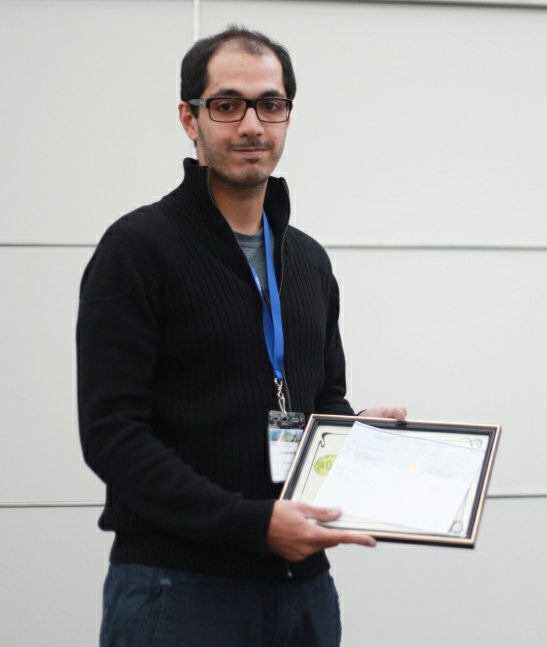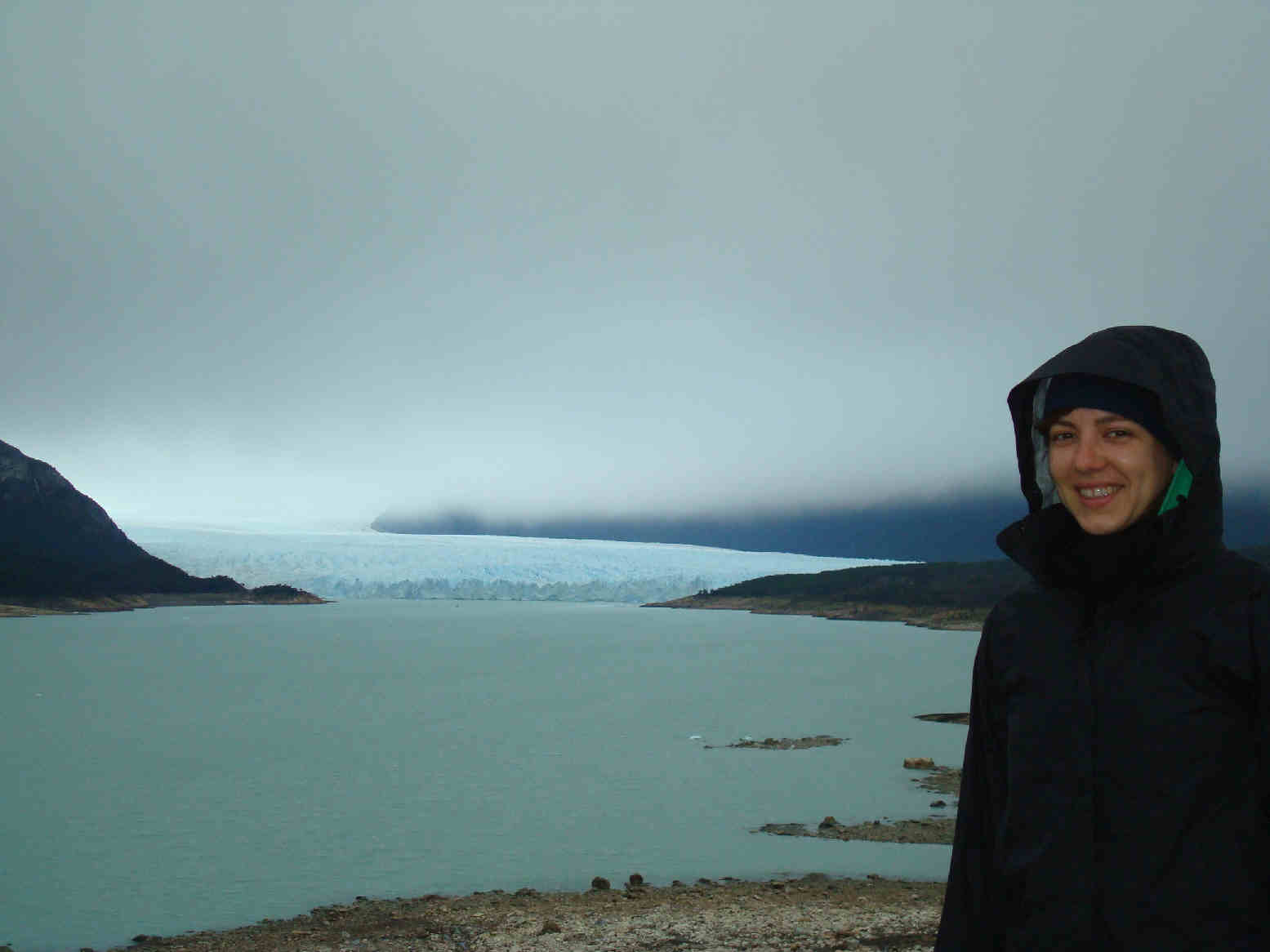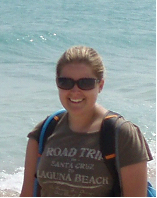|
|
Winners / Gagnants
 Cara Manning |
The 2012 CMOS CNC/SCOR NSERC Scholarship Supplement was awarded to Cara Manning . She received her BSc from the University of Victoria and is now pursuing PhD studies with the MIT-WHOI Joint Program in Chemical Oceanography in Woods Hole, MA. Cara's dissertation research involves the use of at-sea mass spectrometers to obtain continuous measurements of biological production and air-sea gas exchange. Cara is currently building a mass spectrometer to measure the noble gases Ne, Ar, Kr, and Xe in surface waters. Measurements of several noble gases can be used to develop a parameterization of air-sea gas exchange, due to the unique physiochemical properties of each gas. Cara intends to use these instruments during seasonal ice melt in Canada's Arctic and the Bras d'Or Lake in Nova Scotia. |
 Ali Mashayak |
The 2011 CMOS CNC/SCOR NSERC Scholarship Supplement for studies in ocean science was awarded to Ali Mashayak , who is pursuing his PhD studies in the Atmospheric Physics Group at the University of Toronto. Ali is working on turbulence in oceans with a focus on transport & mixing of tracers such as salt, heat and CO 2 and its implications for the climate system. He is Chair of the CMOS Student Committee and was a co-organizer of a double session on ocean mixing at the 2011 CMOS Congress. |

Agathe Lisé-Pronovost |
The 2010 CMOS CNC/SCOR NSERC Scholarship Supplement for studies in ocean science was awarded to Agathe Lisé-Pronovost , who is pursuing her PhD studies through UQAR at ISMER. Between 40-60°S, there is mostly ocean with the tip of South America being one of the few terrestrial locations. Laguna Potrok Aike (a crater lake at 52° S) provides a unique long term sediment record of potentially 770,000 years. Agathe will study paleomagnetism at high-resolution from a sediment core successfully collected from the lake. She wishes to reconstruct the variability of the magnetic field and look for climate indicators in the variable magnetic mineral assemblages. The record contained in this core will be compared with records in marine sediment cores from the Southern Ocean and ice cores from Antarctica. |

Kristina Brown |
The 2009 CMOS CNC/SCOR NSERC Scholarship Supplement was awarded to Kristina Brown of the University of British Columbia. Using stable carbon isotopes to shed light on carbon cycling in sea-ice associated biological communities, she will undertake research for her PhD on the application of various chemical tracer measurements to quantify dissolved CO 2 export within brines formed during sea ice growth. Her project will tackle the difficult question of carbon cycling in sea ice and brines, and how these affect carbon transport in convecting sea water. This work will require a melding of thermodynamic processes in ice and seawater, and carbon transfers and fractionations in ice-associated biota. |

Peter J. van Hengstum |
The 2008 CMOS CNC/SCOR NSERC Scholarship Supplement was awarded to Peter J. van Hengstum for his work in the application of foraminifera to oceanographic and hydrologic problems in both modern and ancient settings, using both biological and geochemical methods. He is currently finishing a Master's program at McMaster University and will be pursuing a PhD at Dalhousie University in the fall of 2008. |

Jessica Pilarczyk |
The 2007 CMOS SCOR NSERC Scholarship Supplement was awarded to Jessica Pilarczyk of McMaster University. The award is in support of her graduate degree work looking at isotopes to determine past coastal events such as tsunamis.
Le Supplément SCMO SCOR 2007 à une bourse CRSNG pour les sciences de la mer fut décerné à Jessica Pilarczyk de l'Université McMaster. Cette bourse lui permettra d'examiner, comme projet d'études supérieures, les isotopes afin de déterminer les événements côtiers du passé comme les tsunamis. |

James Munroe |
The 2006 CMOS SCOR NSERC Scholarship Supplement was awarded to James Munroe of the University of Alberta. Mr. Munroe is pursuing a PhD where he studies the generation of internal gravity waves by turbulence using both laboratory experiments and numerical models. This work will lead to better parameterizations of mixing in numerical climate models.
Le Supplément SCMO SCOR 2006 à une bourse CRSNG pour les sciences de la mer fut accordé à James Munroe de l'Université de l'Alberta. M Munroe pursuit son doctorat en étudiant l'émission par turbulence des ondes internes de gravité, par essais de laboratoire et de modélisation numérique. Ce travail permettra un meilleur paramétrage du processus de mélange de modèles climatiques numériques. |

